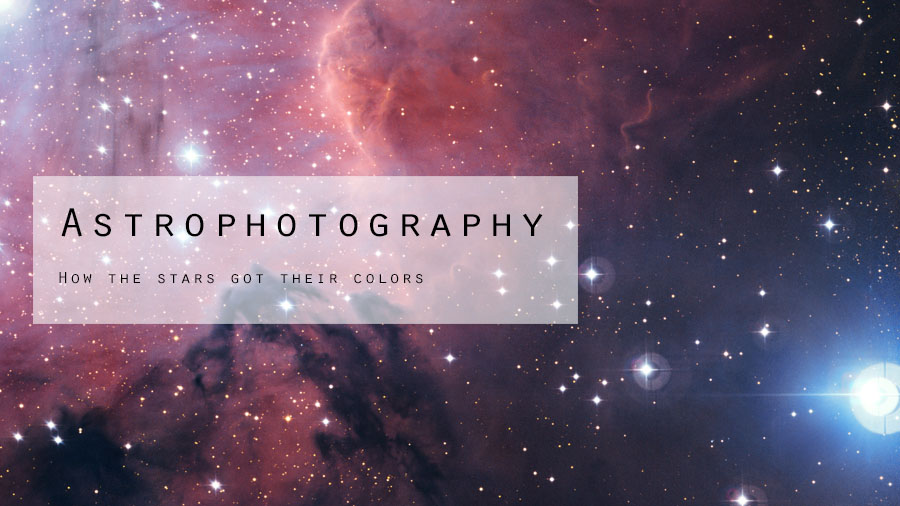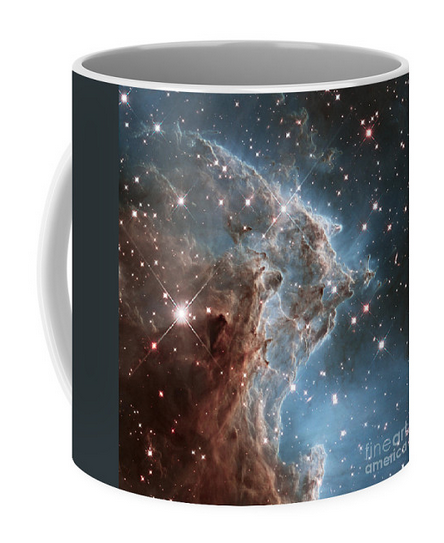After seeing hundreds of dazzling galaxies and nebulae in print media, one might have a preconceived notion of what it’s like to look through a telescope. The reality, however, is somewhat different.
Celestial objects such as galaxies, star clusters and planetary systems are some of the most beautiful treasures in outer space. Unfortunately, they’re so far away that they mostly appear faint to the naked eye, even when viewed through a telescope. The problem is that, unlike a camera, our eyes cannot adjust their exposure time in order to soak up more light from these distant objects.
For astrophotographers to get the vibrant colors of a nebula or galaxy, they need to rely on a number of techniques, including long exposures, color compositing and sometimes editing in post-production.
Eagle Nebula, Messier 16. SS2596669.
The famous Eagle Nebula pictured here is actually three monochromatic images mapped to different color wavelengths combined to create one image. Some might say that this makes it fake or embellished but the truth is more complicated.
The colors that astrophotographers use to create images like this reflect the chemicals in the celestial objects themselves, so they are drawn from real scientific data. Nevertheless, it’s still unclear how accurate the colors actually are.
Astrophotography Stock Image Gallery
Of course, visual perception is always subjective, limited by our eyes and brain, so it’s worth considering how accurate our image of reality ever is.
What do you think?
Get a closer look with the astrophotography gallery below and be sure to visit our storefront for great astrophotography products.
Astrophotography Mugs, Masks, Phone Cases and More
www.photographingspace.com
www.astropix.com



